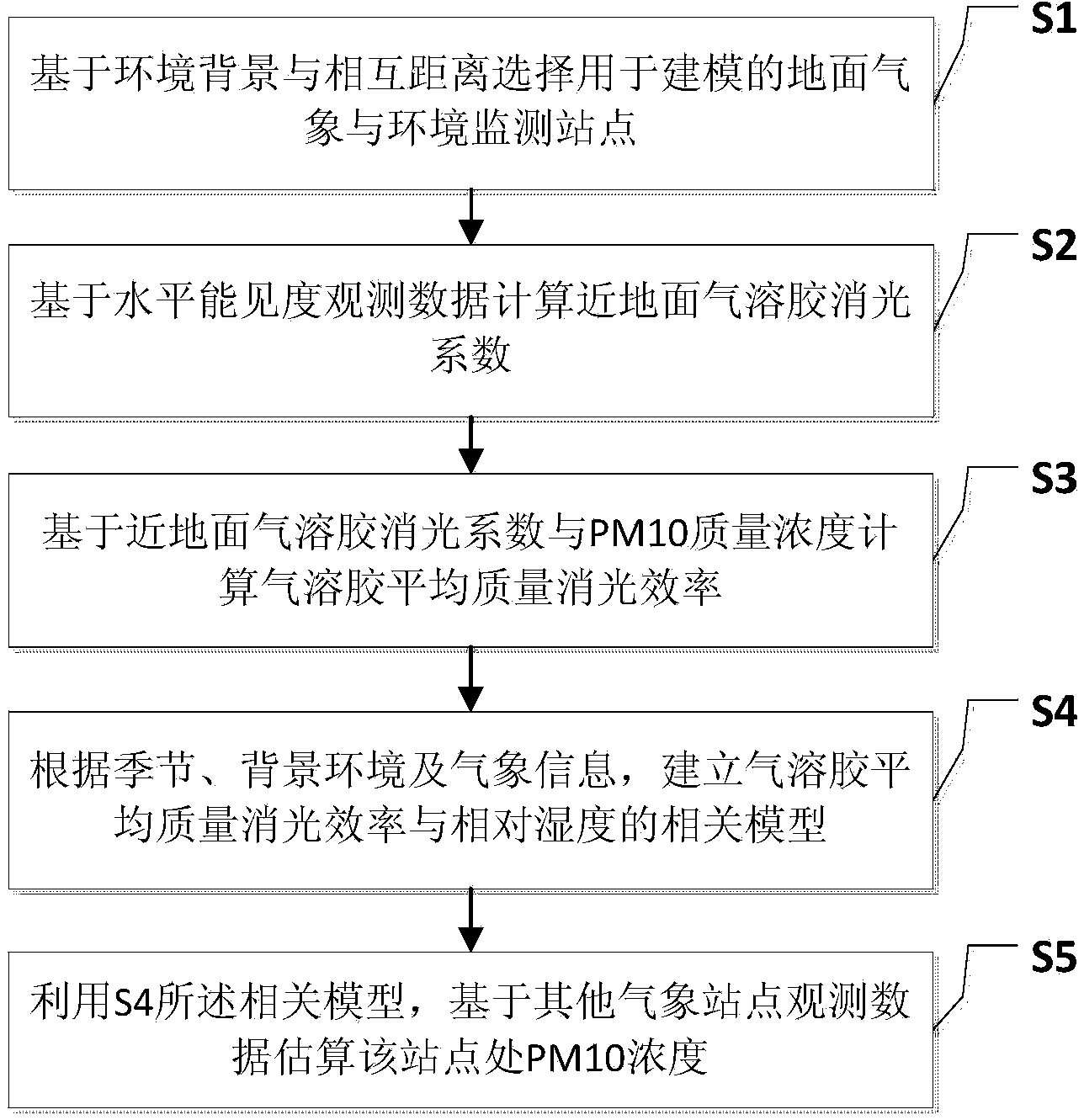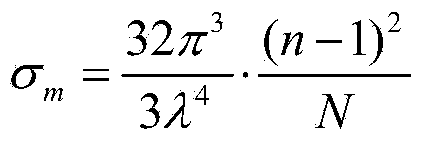Inhalable particle concentration estimating method based on meteorological observation data
A particle concentration and meteorological observation technology, which is applied in the direction of electrical digital data processing, special data processing applications, calculations, etc., can solve the problems of complexity, expensive maintenance of observation equipment, uneven distribution of environmental monitoring stations, etc., and achieve the effect of expanding the spatial range
- Summary
- Abstract
- Description
- Claims
- Application Information
AI Technical Summary
Problems solved by technology
Method used
Image
Examples
Embodiment Construction
[0019] The specific implementation manners of the present invention will be further described in detail below in conjunction with the accompanying drawings and embodiments. The following examples are used to illustrate the present invention, but are not intended to limit the scope of the present invention.
[0020] figure 1 It is a flowchart of a method for estimating inhalable particulate matter (PM10) based on meteorological observation data according to an embodiment of the present invention, including the following steps:
[0021] Step S1, select the modeling site: select the surface meteorological site (with visibility and relative humidity observation data) and the environmental monitoring site (with PM10 observation data) for modeling, and both are required to be in the same environment. For example, if the following conditions are satisfied: 1) the straight-line distance is relatively short (the distance range A is set according to the characteristics of the environme...
PUM
 Login to View More
Login to View More Abstract
Description
Claims
Application Information
 Login to View More
Login to View More - R&D
- Intellectual Property
- Life Sciences
- Materials
- Tech Scout
- Unparalleled Data Quality
- Higher Quality Content
- 60% Fewer Hallucinations
Browse by: Latest US Patents, China's latest patents, Technical Efficacy Thesaurus, Application Domain, Technology Topic, Popular Technical Reports.
© 2025 PatSnap. All rights reserved.Legal|Privacy policy|Modern Slavery Act Transparency Statement|Sitemap|About US| Contact US: help@patsnap.com



